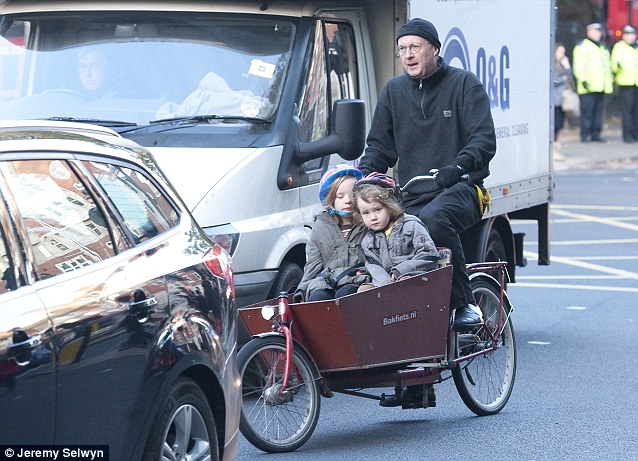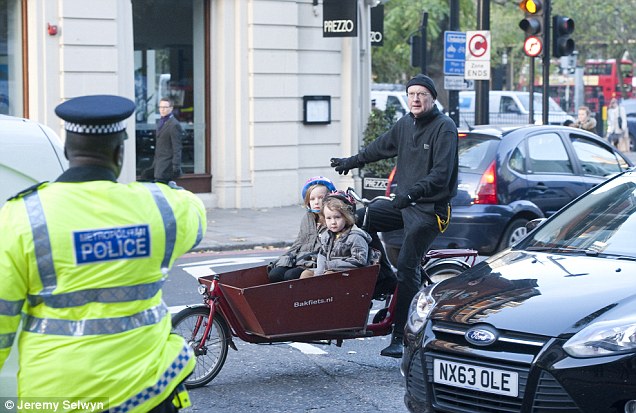Links
Has cycling become a part of British life?
Link Posted on Updated on
Has cycling become a part of British life?
This article from The Guardian’s cycling blog explores the question of whether or not cycling has become a part of British life, and, if so, just what sort of cycling culture the UK might be said to have. The author describes British institutions like Brompton and Rapha, and holds them up alongside our comical cycle infrastructure (examples here, here, and here), the numerous ghost bikes that line our streets, and the lack of legal protection that British cyclists have compared to our continental cousins.
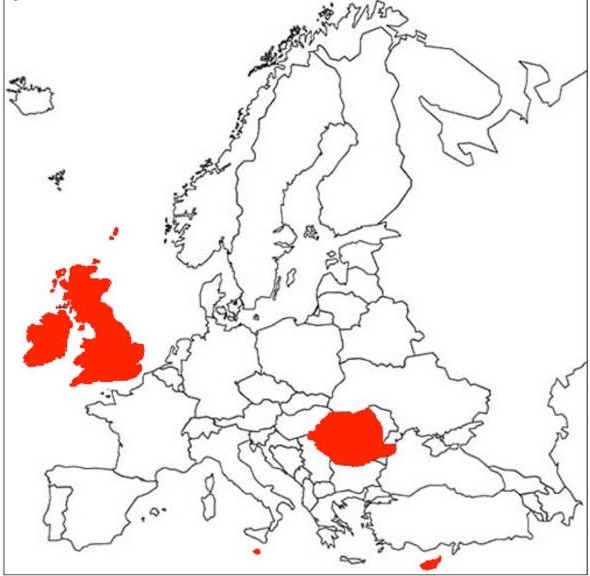
This article was published just over a week after myself and a few members of Edinburgh’s Critical Mass ‘Pedalled on Parliament’ in what has now become an annual tradition. Attracting thousands of participants from up and down the country, the ride is intended to highlight the need for greater investment if Scotland is to meet its cycling and emissions targets by 2020. At the end of the day it was a fun ride, and our sound-system proved to be a great success, but sometimes I think that it would be nice to live in a country where such rides were simply unnecessary.
Britain’s new cycling minister calls for more ‘everyday’ riders
Link Posted on Updated on
Britain’s new cycling minister calls for more ‘everyday’ riders
Cycling is such a part of the lifestyle in The Netherlands that most Dutch people don’t even think of themselves as ‘cyclists’.
Indeed, cycling is a perfectly normal activity, and so it is about time that we started treating it as such. This article from the Guardian’s bike blog describes how Britain’s cycling minister wants to see more ‘everyday’ riders on the road – the kind who have baskets on their bikes and just pootle around in normal clothes (i.e. not the usual lycra brigade).
It’s a nice idea, certainly, but I would like to highlight the key issue raised around of the middle of the piece:
“Campaigners […] point out that making cycling an everyday activity for people of all inclinations and ages generally requires years of investment in segregated cycle lanes, bike-safe junctions and other infrastructure.”
Without the right infrastructure to protect them, ‘everyday’ riders would be like lambs for the slaughter in cities like London. The minister for cycling clearly has his work cut out for him if his vision is to be realised.
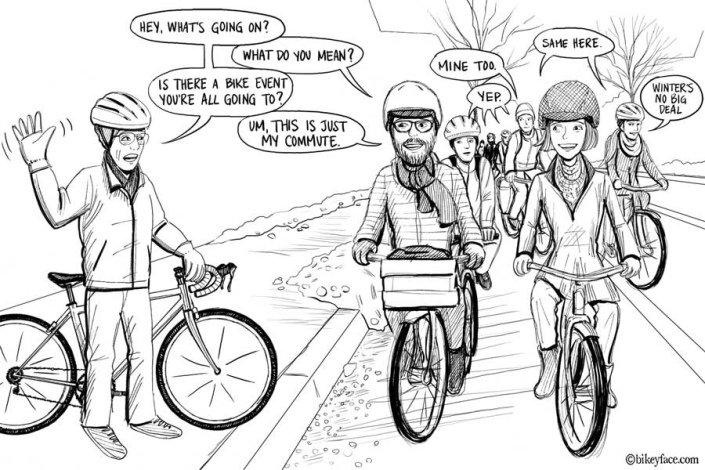
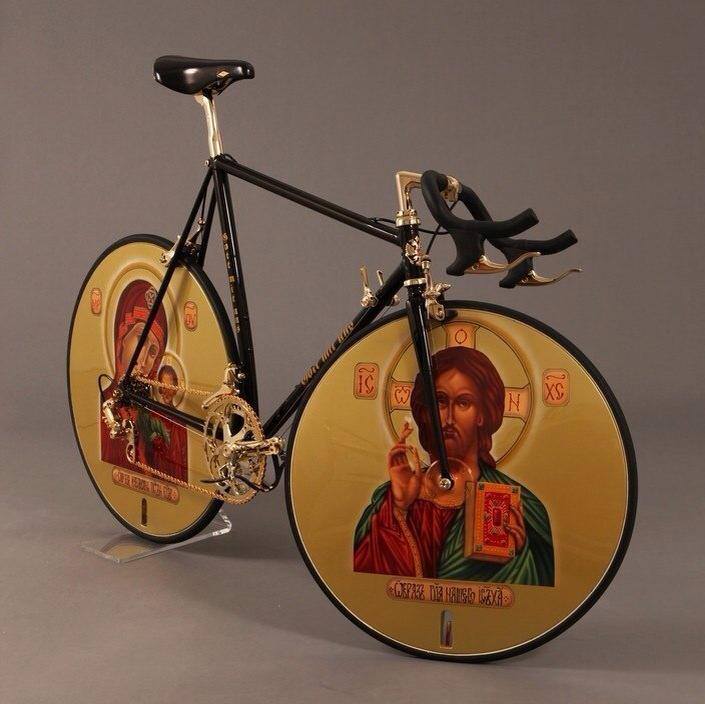
Government approves low-level lights to boost cyclists’ safety
Link Posted on Updated on
Government approves low-level lights to boost cyclists’ safety
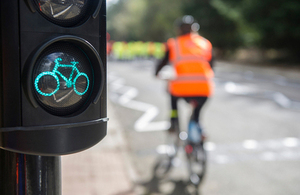
Transport Minister Stephen Hammond has announced that new low-level traffic lights for cyclists have been authorised for use following safety trials.
More than 80% of cyclists favoured the use of low-level signals during the track-based trials of the system, which works by repeating the signal displayed on main traffic lights at the eye level of cyclists.
The clearance means that Transport for London (TfL) can now install the lights at Bow Roundabout – the first time the lights have been used in the UK.
Initially the system will be piloted at Bow but the Department for Transport (DfT) is working with TfL to extend it to a further 11 sites in London.
The lights will give cyclists improved, clearer signals to ensure they have the information they need at the junction. Research is currently underway that will give DfT the evidence to consider approving the use of these lights to provide an “early start” for cyclists.
Leon Daniels, managing director of surface transport at TfL said:
“Low level cycle signals are common place in certain parts of Europe and we are keen to make them common place in London. These new signals, which will be a further improvement to the innovative traffic signals at Bow, will provide cyclists with a better eye-level view as to which stage the traffic signals are at.
Working closely with the Department for Transport, we will work to have these on-street during January 2014, and should the technology prove to be successful, further trials will be carried out across London throughout 2014.”
-
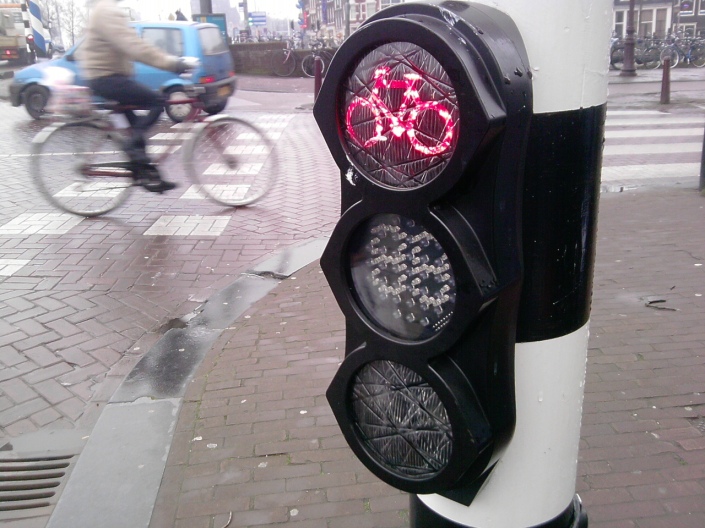
Bike-only traffic lights work so well in The Netherlands that most cyclists actually obey them! The reason why it is good to have separate lights for cyclists is that they can be used to give people on bikes a head start before the rest of the traffic.
The system that currently operates in the UK uses an ‘Advanced Stop Line‘ (ASL) which is also known as a ‘bike box’. The idea is that there is a designated area (usually painted red) at the head of the traffic queue into which bicycles can filter and then get ahead of motorised vehicles. The problem with this set up though is that the bike box is rarely respected and almost never enforced by traffic police. Motorists aren’t informed about the penalties of driving into this box under a red light, and so it is often ignored.
-
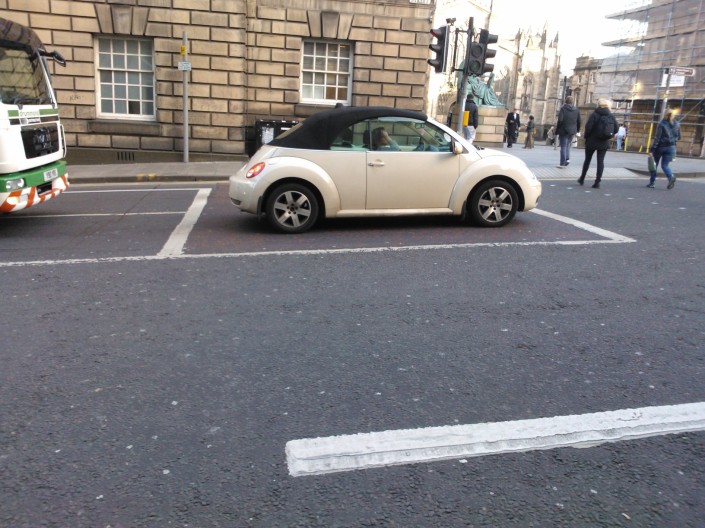
Driver inside an ASL, does she even know it’s there? In her defence, the ASL is such a rubbish attempt at cycling infrastructure that I’m hard;y surprised that it is ignored. 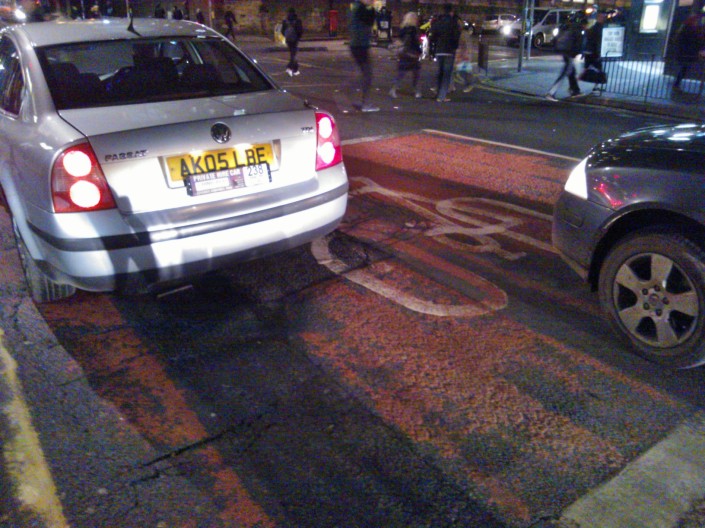
This City of Edinburgh minicab driver pulled in front of me and my girlfriend as we were waiting in the ASL. The car to the right of the picture takes a cue from the taxi driver and edges into the bike box as well. The fact that the box’s red paint has been eroded hardly helps.
Dinosaur MPs on Britain’s Transport Committee
Link Posted on Updated on
Dinosaur MPs on Britain’s Transport Committee
For the many of you fortunate enough to not view the committee’s near two-hour session about cycle safety on Monday afternoon, I can tell you that there are scarcely enough words to describe how disheartening and shambolic it was. To give you a flavour of one journalist’s reaction, follow this link to see a collation of running tweets from the event.
The session followed the recent deaths of six cyclists in London and saw the 11-member committee first quiz a series of cycling representatives and police, then a trio of bigwigs from the road haulage world, along with Andrew Gilligan, cycle adviser to London’s mayor, Boris Johnson, and an expert from the Transport Research Laboratory.
For the most-part, it seemed as if the MPs were concerned with minor issues. For instance, Sarah Champion (Labour MP) wondered whether helmet use could be made compulsory. How a bike helmet is supposed to help someone crushed by an HGV is something that we might wonder in response… The headphones issue was also raised.
Following this, Jason McCartney (Tory MP) asked if there was a war going on between cars and bikes. His party colleague, Martin Vickers, then asked – and he was being entirely serious – if the panel felt cyclists should “contribute” financially to the upkeep of roads. Yes, that’s right. The road tax question, the litmus test for someone who not only doesn’t understand the very basics about cycling policy but hasn’t the barest minimum of intellectual curiosity about it. Silly enough in a pub conversation. For an MP, let alone an MP on the transport select committee, let alone an MP on the transport select committee discussing cycling, it’s unforgivable.
An extract from a Guardian article on the subject encapsulates some real truths about how cycling issues are addressed by the people in power:
“…when it comes to cycling policy in Britain, we remain, for the most part, in the age of the dinosaur. The odd politician talks an occasional good game on bikes, but look at too many mainstream MPs and we’re right back in the 1960s, where bikes are a toy, or a faddish “pursuit”, perilous and mistrusted, while all must lie down in homage to “the economy”, a narrowly-defined set of interests with motorised pistons beating at their heart.”
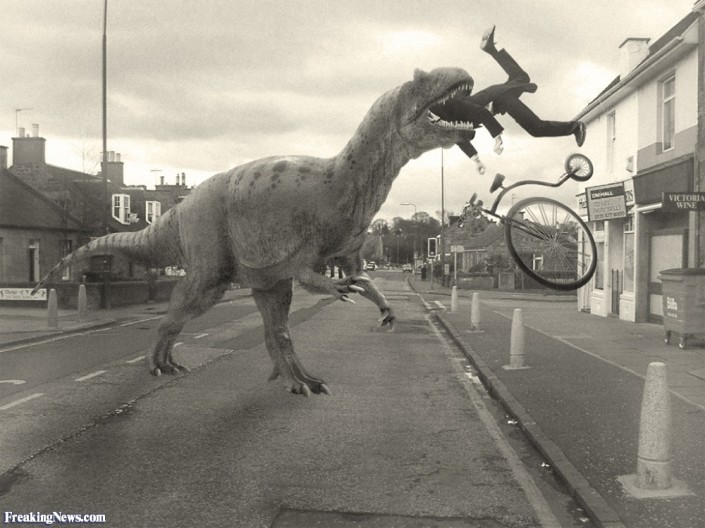
Jim Dobbin (Labour MP) then proceeded to regale the committee with a series of anecdotes about misbehaving cyclists and scratched car paintwork before suggesting that currently cycle safety woes could be addressed by requiring cyclists to register themselves and their bikes, and to pass proficiency tests in order to gain a cycling licence.
Although many people may believe that Dobbin’s prescription is a good one, it is worth remembering that not a single country on this planet implements these things for the simple reason that they massively curtail bicycle use. Bicycles don’t have the capacity to be the killing machines that cars and lorries sometimes are, and cyclists don’t produce CO2 or damage the roads to the same degree as motor vehicles; requiring them to be registered and licensed (presumable at some cost) seems a preposterous and misguided contribution to a meeting about cycle safety. And while cycling proficiency is a reasonable issue, no one at the committee meeting seemed aware of the bikeability scheme.
Part two was possibly even more depressing still. The MPs, who had been quite interrogative towards the cycle groups (albeit mainly on irrelevancies) gave the haulage group representatives a far easier time. Jack Semple, policy head of the Road Haulage Association, was left utterly unchallenged when he repeatedly singled out cyclist behaviour as the reason for them being killed by lorries; an assertion for which there is, as far as I understand, no evidence.
What was missing from the committee meeting was an acknowledgement of the fact that cities are changing places. Whereas once they competed on things like skyscrapers and parking spaces, the most desirable cities in the world are now places where there is an emphasis on liveability – a more human-centred approach. People don’t want to live with urban motorways and the noise, congestion, and pollution that they bring with them. The nicest cities are more pedestrianised, with pavement cafes, and safe, communal spaces. They also prioritise (and even incentivise) walking and cycling in such a way as to make them more convenient than driving (just look at Groningen in The Netherlands for the perfect example).
To illustrate this point, it is worth noting that there are three big annual lists of the world’s most liveable cities. Not one of them features anywhere in the UK.
Things clearly need to change, and the mass extinction of political dinosaurs seems to be a necessary first step.
London, Cargo Bikes, Police, and Perception
Link Posted on Updated on
London, Cargo Bikes, Police, and Perception
A father was recently pulled over by the police while trying to take his kids to school in a perfectly roadworthy cargo bike.
Even though the family had been travelling this way for four years, London’s Transport Police didn’t quite know what to make of it.
Admittedly, the daughters’ helmets aren’t fitted very well, and the roads in London are polluted and dangerous at the best of times, but I still see this man as a pioneer of a more sustainable transport movement.
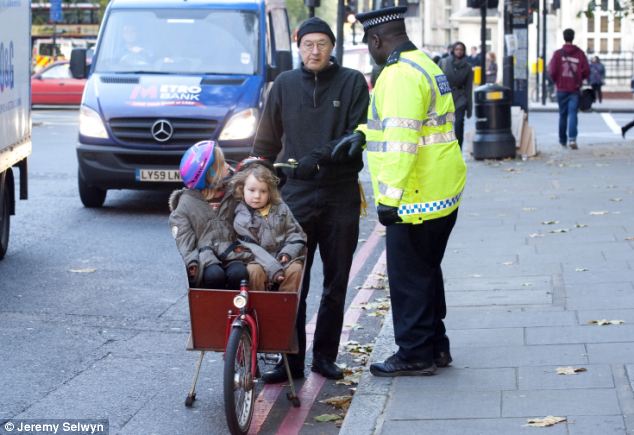
By referring to the Dutch cargo bike as a ‘rickety wheelbarrow bike’, the Daily Mail’s coverage of this incident is embarrassing because of its clear ignorance of Continental cycling culture.
The cargo bike is a brilliant and useful alternative to a car that is both cheap and environmentally friendly. Indeed, the cargo bike itself is not the problem in this situation, it is simply the poor cycling infrastructure and the speed + proximity of motor vehicles that make this man’s choice of transport questionable.
This story was also covered (more objectively) in the Evening Standard
Related articles
- Cargo bikes running around in my brain… (bikingchandler.wordpress.com)
- 10 Reasons why you will love a Bakfiets.nl cargo bike (urkaicommunity.wordpress.com)
8 radical ways to protect cyclists
Link Posted on Updated on
8 radical ways to protect cyclists
The BBC have posted an article proposing 8 different ways of protecting people on bikes.
Interestingly, instead of simply copying the exemplary Dutch solution, they suggest wacky and impractical things like ‘elevated cycle routes’ and ‘body armour’ for cyclists.
How about strict liability laws and a better network of segregated cycle paths? Come on guys, they’ve shown us how it works on the Continent, it’s about time we stopped farting about with pie-in-the-sky ideas and got our act together.
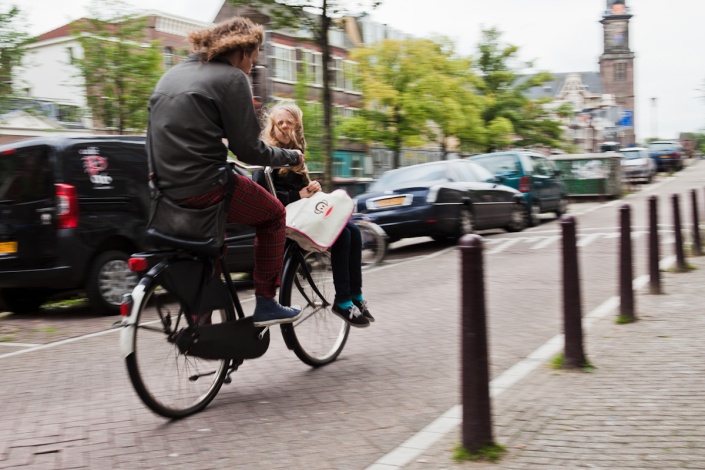
Related articles
Cycling as Key to Happy Cities
Link Posted on Updated on
Cycling as Key to Happy Cities
“In the third year of his term, Peñalosa challenged Bogotáns to participate in an experiment. As of dawn on 24 February 2000, cars were banned from streets for the day. It was the first day in four years that nobody was killed in traffic. Hospital admissions fell by almost a third. The toxic haze over the city thinned.”
Great article from The Guardian on the happiness that cycling can bring to a society. I would love for the UK to experiment with some car-free days in our cities, just so people can see how preferable it is. We’d need some more visionary leaders for that to happen though…

Researchers for Hewlett-Packard convinced volunteers in England to wear electrode caps during their commutes and found that whether they were driving or taking the train, peak-hour travellers suffered worse stress than fighter pilots or riot police facing mobs of angry protesters.
Related articles
- Ban lorries from cities, says Boardman, as sixth cyclist dies (thetimes.co.uk)
- Evening Standard comment: London needs a fresh approach to cycling (standard.co.uk)
- Cycling to work popularity revealed (standard.co.uk)
- VIDEO: Views on London Cycle Superhighways (bbc.co.uk)
- VIDEO: Inside a robotic cycle park (bbc.co.uk)
- Cycling = Happiness (alternativemiddleclass.com)
Upgrade London’s CS2 to Continental Standards – call to arms
Link Posted on Updated on
Upgrade London’s CS2 to Continental Standards – call to arms
Five cyclists have died in the last nine days on the streets of London.
People are justified in their anger that cycling infrastructure is too sporadic to offer any effective protection. Please help by sending a message to London’s mayor to let him know how you feel.
Coverage from the BBC paints a fuller picture
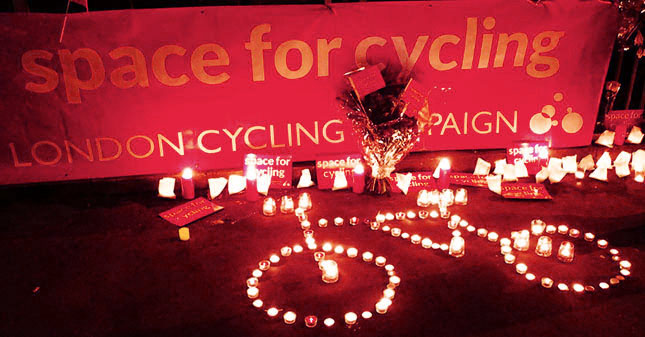
Related articles
- Cycle deaths leave London bewildered (bbc.co.uk)
- Cyclist killed on cycle superhighway (bbc.co.uk)
- Boris Johnson called on for cycle superhighway safety measures after Bow cyclist death (express.co.uk)
- One Step Forward, Two Steps Back: What Next for Cycle Safety in London? (sustainablecitiescollective.com)
100 miles of Dutch-Style Bike Lanes planned for Bristol
Link Posted on Updated on
100 Miles of Dutch-Style Bike Lanes for Bristol
In a bid to save lives and reduce the fear factor preventing people from taking to two wheels, Bristol is to announce radical new proposals which will make it Britain’s first city to adopt a truly Dutch-style network of cycle lanes.
Already the UK’s top cycling city with an estimated 16,000 regular cyclists, the 100 miles of cycle paths are due to be operational as soon as Spring 2014!
In contrast to this fantastic news, the national picture is comparatively bleak. With cycle uptake ever on the increase, the number of cyclists killed or injured on Britain’s roads is at its highest for three years: 118 deaths and 3,222 injuries recorded in 2012. Although these figures represent regrettable injuries and tragic loss of life, statistics like these are what motivated the Dutch to unite as a nation and demand the changes that led to their precedent-setting infrastructure.


In other (related) news, a new peer-reviewed study has revealed that financial investment in cycling infrastructure can increase the share of journeys taken by bike. This might seem like the predictable answer to another do-bears-poop-in-the-woods sort of question, but it’s not always cut-and-dried that spending to achieve a goal actually works. Look at roadbuilding, for instance: billions of pounds are pumped into constructing new roads in order to reduce congestion, yet congestion keeps on increasing.
Ridiculous, unnecessary, and obvious as it seems, it’s still good press. Click here for the Guardian article.

Related articles
- Dutch-style bike lanes set for roll-out in Bristol – Britain’s cycling capital (independent.co.uk)
- City’s ‘Dutch-style’ bike lane plans (bbc.co.uk)
- Move over Amsterdam, the London cycling revolution is in top gear (standard.co.uk)
- New Denver Bike Lanes Not Only Safer, Good For Business (denver.cbslocal.com)
Has Christmas come early? Cycling infrastructure planned for Edinburgh?!
Link Posted on Updated on
Has Christmas come early? Cycling infrastructure planned for Edinburgh?!
A good friend linked me to this (disappointingly brief but) incredibly promising article on the BBC website: http://www.bbc.co.uk/news/uk-scotland-edinburgh-east-fife-24729900
According to the article, George Street is to undergo a radical transformation in order to make it more friendly to pedestrians and cyclists. The massively wide Georgian street has been described by Edinburgh Evening News as “Edinburgh’s most prestigious shopping district”, and it currently uses its space to accommodate four lanes of traffic as well as curb-side parking and parking along the length of its central reservation. The fact that it doesn’t even have a cycle lane makes this new bicycle-friendly proposal all the more astonishing!

Pedestrianising George Street will undoubtedly increase footfall and therefore increase spending in its notoriously overpriced shops. In spite of the fact that this program of pedestrianisation was thus likely to have been motivated more by economic ends than environmental ones, I am hopeful that the benefits of having a space like this will initiate significant knock-on effects. Even though this is just a modest first step in the grand scheme of things, the fact that it is being implemented so centrally means that city planners are at least beginning to question the antediluvian rationale that prioritises the motor vehicle over everyone else. That said, they haven’t actually implemented anything yet, and so I’ll withhold my praise until I’ve seen it with my own eyes and ridden it with my own wheels.
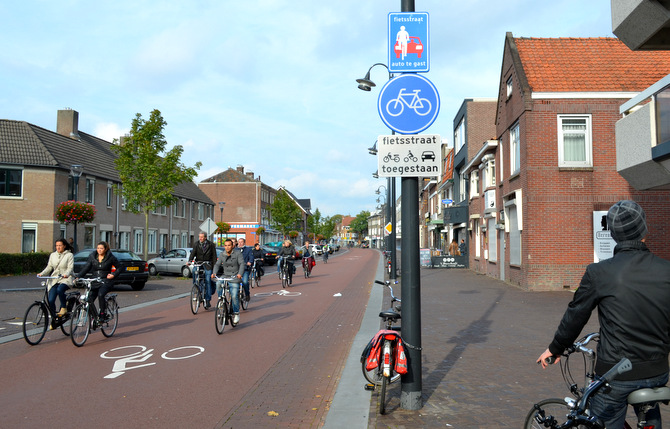
This news comes just days after a number of articles were published on the topic of cycle safety regarding the ‘lethal’ tram tracks on Princes Street : http://www.scotsman.com/news/transport/cyclists-condemn-dangerous-edinburgh-tram-lines-1-3147144. Perhaps the idea is to get cyclists to avoid tram-routes altogether by providing good infrastructure elsewhere…
Related articles
- Scottish cyclist deaths and injuries rise (scotsman.com)
- Reading cycle protest aims to highlight town’s poor infrastructure (getreading.co.uk)
- Cycling needs serious investment (sarahfree.org.nz)
- Cyclists condemn dangerous Edinburgh tram lines (scotsman.com)


